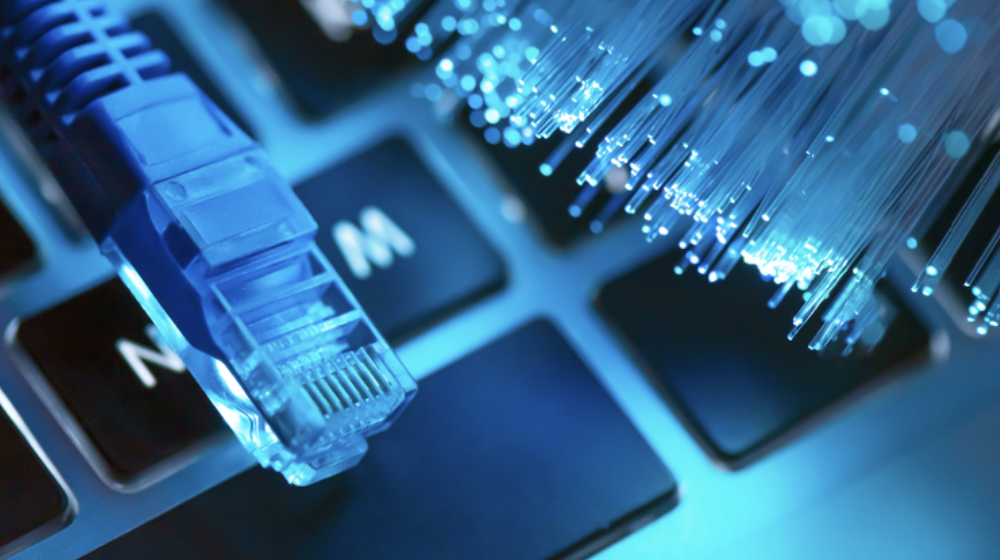As the internet has become an integral part of our daily lives, the need for reliable, high-speed internet connections has increased significantly. Two common methods of delivering internet to homes and businesses are through coaxial and fiber optic cables. Coaxial cables, also known as coax cables, were first introduced in the 1940s for television broadcasting. In the 1990s, they began to be used for internet connections. Fiber optic cables, on the other hand, are a more recent innovation, developed in the 1970s and widely adopted in the 1990s. Fiber optic cables use glass fibers to transmit data as light signals. The cables are made up of thin strands of glass, each of which can transmit large amounts of data over long distances. The glass fibers are protected by an outer layer, making them less susceptible to external interference. There are four main differences between Fiber and Coax Internet.
Speed- One of the most significant differences between coax and fiber internet connections is speed. Fiber optic connections are known for their incredibly fast speeds. They offer symmetrical upload and download speeds, meaning that you can upload files just as quickly as you can download them. With fiber, you can easily achieve speeds of 1 Gbps or higher. In contrast, coaxial cables generally offer lower speeds, with typical download speeds ranging from 50 to 300 Mbps.
Reliability- Fiber optic cables are generally more reliable than coaxial cables, as they are less susceptible to interference from external sources such as electromagnetic fields. This interference can cause data loss or a decrease in signal quality, resulting in slower speeds or intermittent connections. Fiber optic cables are also less likely to be affected by weather conditions such as rain or snow, which can disrupt coaxial cables.
Distance – Coax connections are limited in the distance they can transmit data without degrading the signal quality. Generally, coaxial cables can transmit data up to around 100 meters before the signal quality deteriorates significantly. In contrast, fiber optic cables can transmit data over much longer distances, up to several kilometers, without any significant signal loss.
Cost- Fiber internet connections were generally more expensive than coaxial connections. The technology used to create fiber optic cables is more expensive than that used to create coaxial cables, and the installation process is more complex. However, fiber internet connections offer faster speeds, better reliability, and higher bandwidth, making them a better choice for businesses and heavy internet users. As the industry has matured, however, the cost of a fiber connection has been dramatically reduced. You should always refresh your fiber proposal pricing!
Ultimately, the choice between coax and fiber for your business will likely depend on your internet usage requirements and budget.
Learn more about ZLH Enterprises: https://www.zlhent.com
Subscribe to our Newsletter: https://lnkd.in/eiwT7QRM
Give us a call: (732) 845-5288
#ISP #internet #connectivity #zlhenterprises






